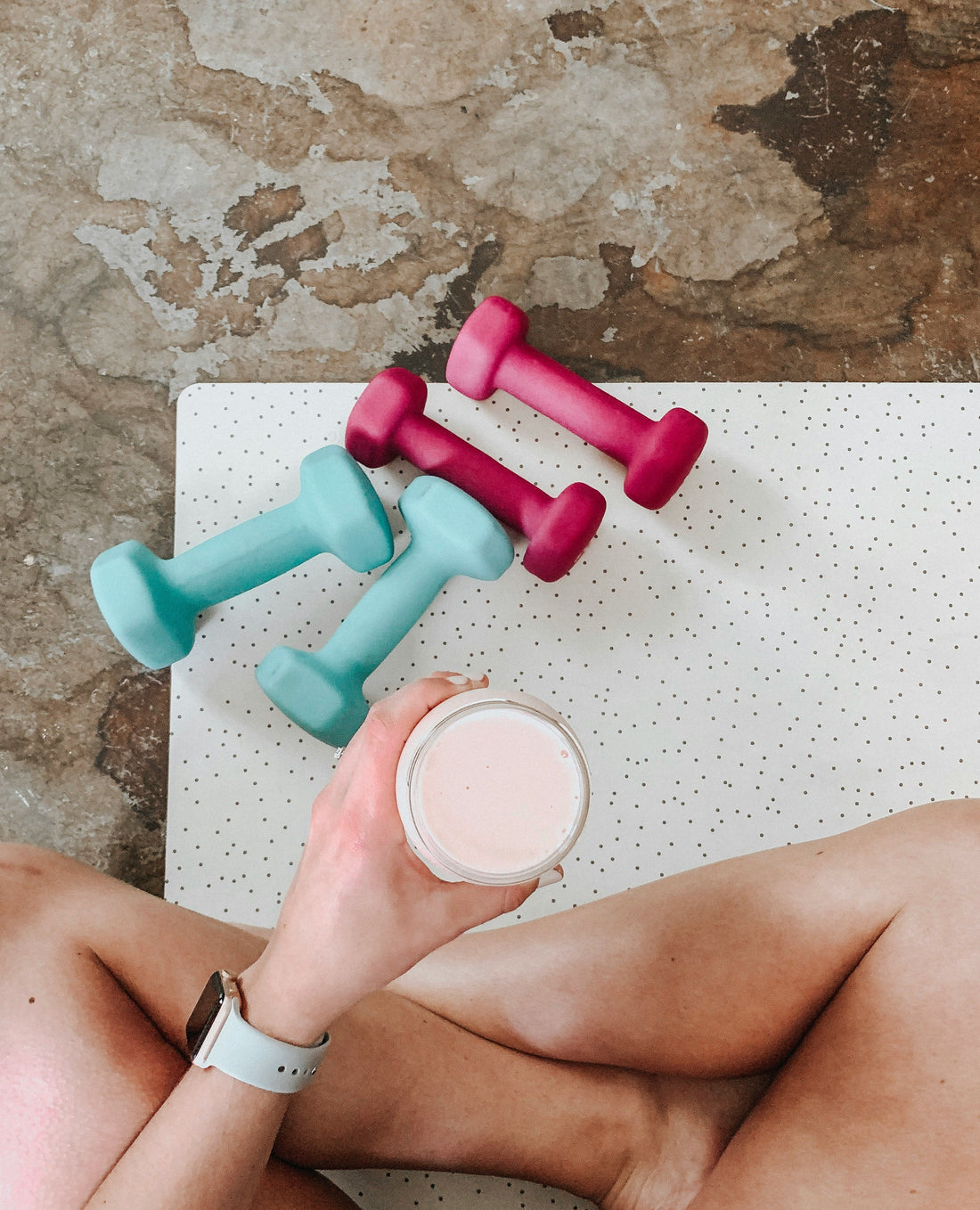
Menopause: Nutrition and Exercise for Muscle Maintenance and Osteoarthritis Prevention
Share
Menopause is a significant life transition that comes with hormonal changes, affecting metabolism, bone density, and muscle mass. As estrogen levels decline, women may experience increased risks of osteoporosis, osteoarthritis, and sarcopenia (muscle loss). However, with the right nutrition and exercise strategies, women can maintain their strength, mobility, and overall well-being.
Essential Foods for Menopause
Proper nutrition plays a key role in managing symptoms and maintaining bone and muscle health. Here are the best foods to incorporate into your diet:
Protein for Muscle Retention
-
Lean meats (chicken, turkey, grass-fed beef)
-
Fatty fish (salmon, tuna, sardines) for omega-3s
-
Plant-based sources (lentils, tofu, tempeh, quinoa)
-
Eggs and dairy (Greek yogurt, cottage cheese)
Calcium and Vitamin D for Bone Health
-
Dairy products (milk, cheese, yogurt)
-
Leafy greens (kale, bok choy, collard greens)
-
Fortified plant-based milk (almond, soy, oat)
-
Nuts and seeds (almonds, chia seeds, sesame seeds)
Anti-Inflammatory Foods for Joint Health
-
Berries (blueberries, strawberries, raspberries)
-
Turmeric and ginger
-
Nuts (walnuts, almonds, pecans)
-
Olive oil and avocado
Fiber for Metabolism and Digestion
-
Whole grains (quinoa, oats, brown rice)
-
Vegetables (broccoli, carrots, Brussels sprouts)
-
Legumes (chickpeas, black beans, lentils)
-
Seeds (flaxseeds, chia seeds)
Hydration
-
Drink plenty of water to combat dryness and joint stiffness.
-
Herbal teas and infused water with lemon or cucumber can help maintain hydration.
Best Exercises for Menopause
Strength training and weight-bearing exercises are crucial for preserving muscle mass and preventing bone loss. Here’s a breakdown of the best types of exercise:
Strength Training (3-4 times per week)
-
Resistance bands, dumbbells, and bodyweight exercises
-
Squats, lunges, push-ups, and deadlifts for functional strength
-
Compound movements that engage multiple muscle groups
Weight-Bearing Cardio (3-5 times per week)
-
Walking, jogging, or hiking
-
Dancing or aerobics
-
Stair climbing
Low-Impact Exercises for Joint Health
-
Swimming and water aerobics to reduce strain on joints
-
Cycling for cardiovascular health without joint stress
-
Yoga and Pilates for flexibility and core strength
Balance and Stability Work
-
Single-leg exercises to improve coordination
-
Stability ball or Bosu ball workouts
-
Tai Chi for joint mobility and balance
Final Thoughts
Menopause doesn’t have to mean a decline in strength and mobility. By prioritizing nutrient-dense foods and a well-rounded exercise regimen, women can maintain muscle mass, protect their joints, and continue leading active, healthy lives.
For more personalized fitness and nutrition guidance, check out my Six Week Sculpt program designed to help women feel strong, confident, and energized!
Disclaimer: This blog post is for informational purposes only and is not intended as medical advice. Please consult with a healthcare professional before making any changes to your diet or exercise routine.
